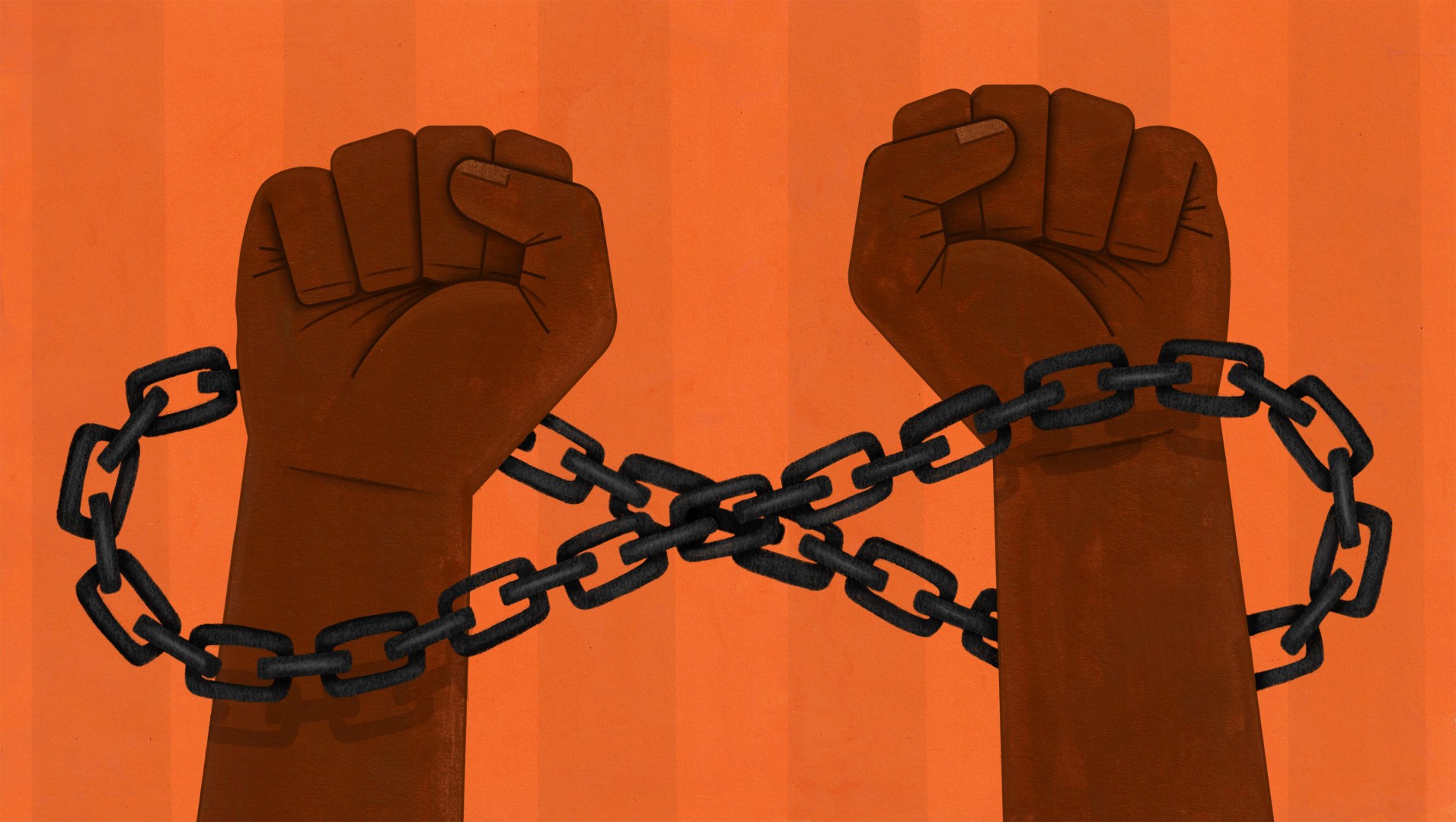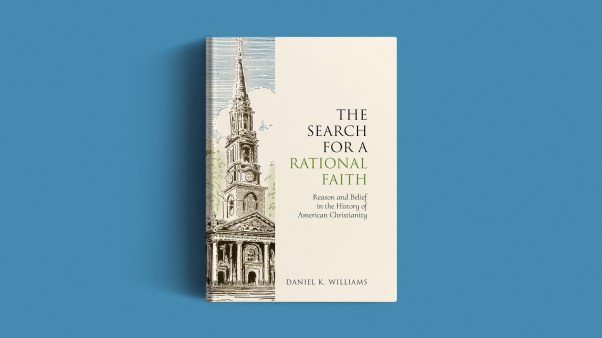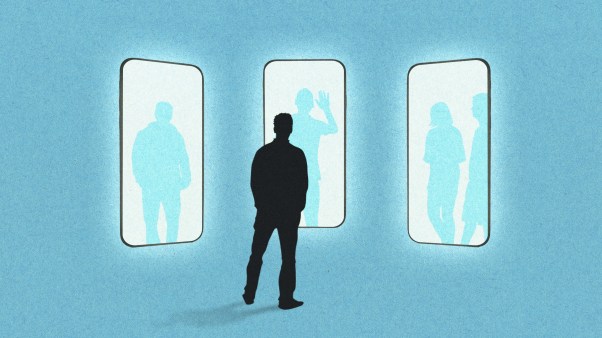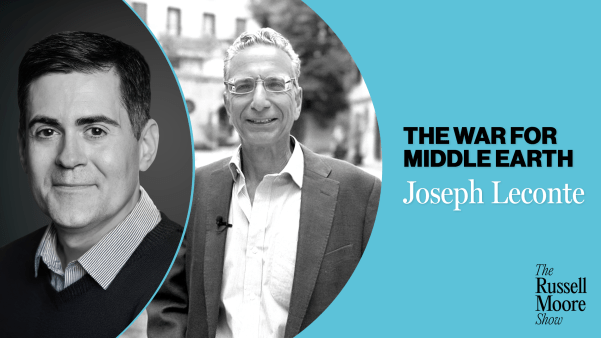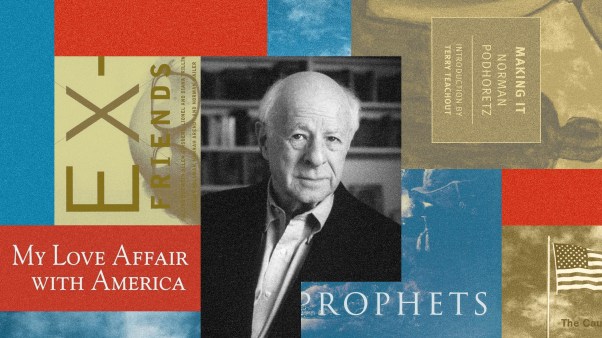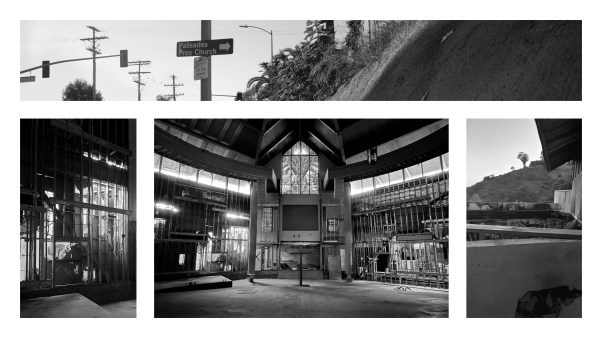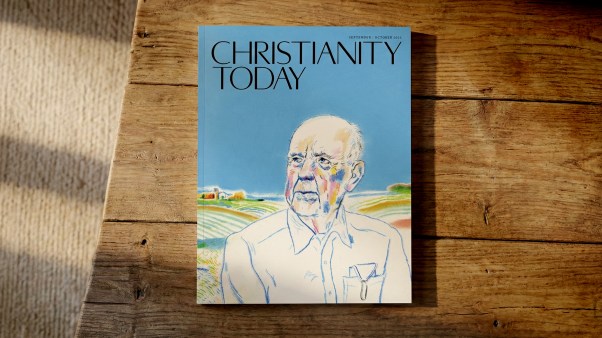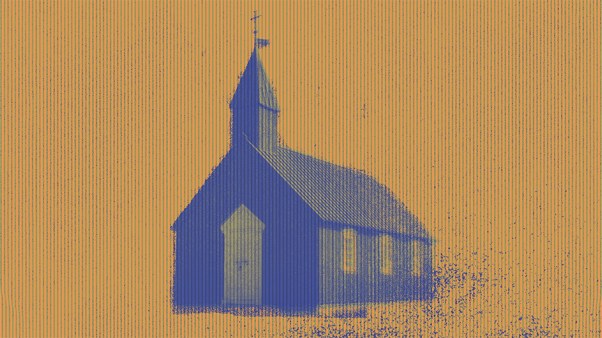In 1979, Charles Colson, the nation’s best-known evangelical prison ministry director, visited the Washington State Penitentiary in Walla Walla to share the gospel of Jesus Christ. Colson, who had been in prison himself only five years earlier for his role in the Watergate scandal, was known for his sympathy to prisoners’ concerns.
God’s Law and Order: The Politics of Punishment in Evangelical America
Harvard University Press
352 pages
$37.00
When he found out that the men in Walla Walla’s solitary confinement facility had to live with human waste and rotting food that the warden refused to clean up, he promised to lobby the state legislature for change. The effort succeeded, and Colson expanded his campaign for prison reform nationwide. But because Colson was no liberal, his ministries depended on a close alliance with law-and-order evangelicals and even law-and-order politicians who helped create the prison system that Colson found so troubling.
This paradox is central to the historical narrative that Aaron Griffith presents in God’s Law and Order: The Politics of Punishment in Evangelical America. With an undergraduate degree from Wheaton College and a history of personal involvement in prison ministry, Griffith sympathizes with many of the evangelicals profiled in the book—especially Colson, whom he describes as genuinely compassionate and sincerely interested in prisoners’ well-being.
But with a doctoral degree from Duke University Divinity School, Griffith is also well-versed in liberal Protestant critiques of evangelical politics, and he shares the concerns of critics who question whether evangelical support for law and order can be squared with a gospel-centered theology. Have evangelicals adopted their seemingly contradictory views of the prison system in spite of their theology, or because of it?
Centers of Law and Grace
Prisons have long held an irresistible theological attraction to evangelicals, Griffith argues, because conservative Christians have seen them as centers of both law and grace—that is, places where sinners are punished but also places where many find redemption. As early as the 1920s, American evangelicals saw a moral dimension to the nation’s crime wave. While liberal Protestants thought that social reform could reduce crime, evangelicals saw crime as a consequence of rejecting God—which made gospel preaching the best antidote. Billy Graham made this argument frequently in the 1950s, and his ministry produced films to celebrate the stories of notorious criminals who renounced their wicked ways after finding Jesus at one of Graham’s crusades.
With their strong faith in the power of conversion, evangelicals devoted more time to prison ministry than any other Christian group in the late 20th and early 21st centuries. And as Griffith argues, this faith in conversion was, in some sense, at odds with law-and-order politics. In the 1950s and early 1960s, evangelicals seemed more interested in converting criminals than locking them up. The gospel, they thought, could produce far better results in criminals’ lives than long prison sentences.
This was the belief, for instance, of David Wilkerson, the charismatic minister who became famous for his evangelistic work with New York youth gangs, as described in his best-selling memoir The Cross and the Switchblade. It was also Graham’s message. But in the 1960s, this changed. Amid widespread conservative fears of rising crime rates and racial unrest, many white evangelicals, including Graham, embraced law-and-order politics. Even Wilkerson became convinced that troubled youth faced greater problems than gospel preaching alone could solve. He came to believe that the problem of the cities was heroin and that tougher drug laws were the answer.
In the early 1970s, a few black evangelicals—Tom Skinner, most prominently—challenged white evangelical support of conservative law-and-orderpolitics and tried directing their attention to racial injustice within the prison system. But most white evangelicals were not receptive to Skinner’s message. When he became more outspoken on racial issues, Moody Bible Institute dropped his radio program, and the director of the National Association of Evangelicals criticized him.
For a few years in the late 20th century, it seemed that Colson might turn evangelicals away from law-and-order politics and restore the conversion-centered approach that characterized earlier evangelical thinking about prisons. Before his born-again conversion in 1974, Colson had worked as a White House aide to the Republican president most associated with the politics of law and order: Richard Nixon. But after Colson was indicted for breaking the law himself, he found Jesus and changed his views.
Driven by a new spirit of compassion and a desire to see as many criminals as possible come to know Jesus, he launched a national prison ministry and began speaking out against the death penalty. Execution, he told the Southern Baptist Convention in 1979, ended all chances of conversion. If Baptists believed in saving the lost, they should never support prematurely ending the life of someone who might not know Jesus.
This was the classic conversionist approach that viewed a personal relationship with Jesus as the antidote to every social problem while rejecting state solutions—punitive or rehabilitative—as beside the point, if not actively harmful. At first, Colson’s ministry focused almost entirely on evangelism in prisons rather than campaigns for prison reform. But after repeatedly hearing complaints about inhumane prison conditions and seeing a few examples firsthand, he began lobbying for reform, partly to remove barriers to the gospel but mostly out of genuine compassion for people he didn’t want to see suffer unnecessarily. He advocated alternatives to prison sentences for people convicted of nonviolent crimes, and he called for restorative-justice approaches that would prioritize making amends to victims over simply locking people up.
Griffith finds much to appreciate in Colson’s approach, but he also notes Colson’s unwillingness to challenge his law-and-order allies, whether politicians or fellow evangelicals. In the early 1990s, he reversed his stance on the death penalty and endorsed it. Although Colson went further than most evangelicals in perceiving problems in the prison system, he, like nearly all of his white evangelical peers, subscribed to a colorblind racial ideology and individualist ethos that made it very difficult to denounce the structural inequities of the criminal justice system.
For more than half a century, white evangelicals (and even a few black evangelical allies) assumed that prison was fair—that pretty much everyone there deserved to be there. Crime resulted from personal sin, and sinners were punished in jail, which prepared them to encounter the life-transforming power of the gospel. But what if the criminal justice system was not fair? What if, as many nonevangelical liberals of the early 21st century argued, it was a tool of racial oppression that functioned to control a disproportionately poor and nonwhite population? What if the greatest sin behind the prison system is not the wrongdoing of the convicts behind bars but the injustice of the legal system itself? Could evangelical theology offer an effective tool to fight such structural sin?
Theological Retooling
Griffith seems conflicted about this. On the one hand, evangelicals’ belief in the power of conversion has led them to spend more time with those in prison than any other group of Americans. When it comes to showing personal compassion to individual prisoners, evangelicals motivated by Jesus’ exhortations in Matthew 25 have outshone adherents of any other religion or philosophy.
And yet, to the extent that challenging structural deficiencies in the criminal justice system is now a pressing matter, evangelicals who have long held to an individualist view of sin and a strictly personal view of salvation will need to do some theological retooling. Liberal Protestants, not evangelicals, are the Christians who have most often seen sin in structural terms and viewed their theology as a resource for fighting systemic injustice.
In Griffith’s opinion, convincing most white evangelicals to see the prison system in these terms will require a theological shift and a movement-wide repentance radical enough to constitute what he calls a religious “conversion” in its own right. This would involve admitting that individualistic views of sin and salvation need to be supplemented with liberal Protestant theologies of structural sin that white evangelicals have eschewed for the past century.
As long as one remains committed to an evangelical theology of personal sin and salvation, Griffith’s proposal will be difficult to accept in its entirety. But perhaps addressing the issues that concern Griffith will not require such a wholesale theological revision, because evangelicals who adhere to the ethics of the New Testament can likely find more resources in their own theological tradition to address injustice in the prison system than Griffith seems to acknowledge.
If the apostle Paul, for instance, could do evangelistic work within a prison system that he and other early Christians knew was unfair, perhaps contemporary American evangelicals can as well. And perhaps they can also renounce their view that the law is colorblind and begin to acknowledge the vast racial disparities in the nation’s prison system, even while continuing their evangelistic prison ministries.
When it comes to proclaiming the power of the gospel to transform every sinner, including those behind bars, an evangelical Christian cannot compromise without, in some sense, ceasing to be an evangelical. But if Griffith’s book prompts evangelical believers to apply the gospel not only to individuals in prison but also to the structure of the prison system itself, that would undoubtedly be a good thing. And maybe in the process, as Griffith suggests, the gospel will induce repentance not only among those behind bars but also among some evangelicals who voted for the policies that put so many there in the first place.
Daniel K. Williams teaches history at the University of West Georgia. He is the author of Defenders of the Unborn: The Pro-Life Movement before Roe v. Wade and God’s Own Party: The Making of the Christian Right.

